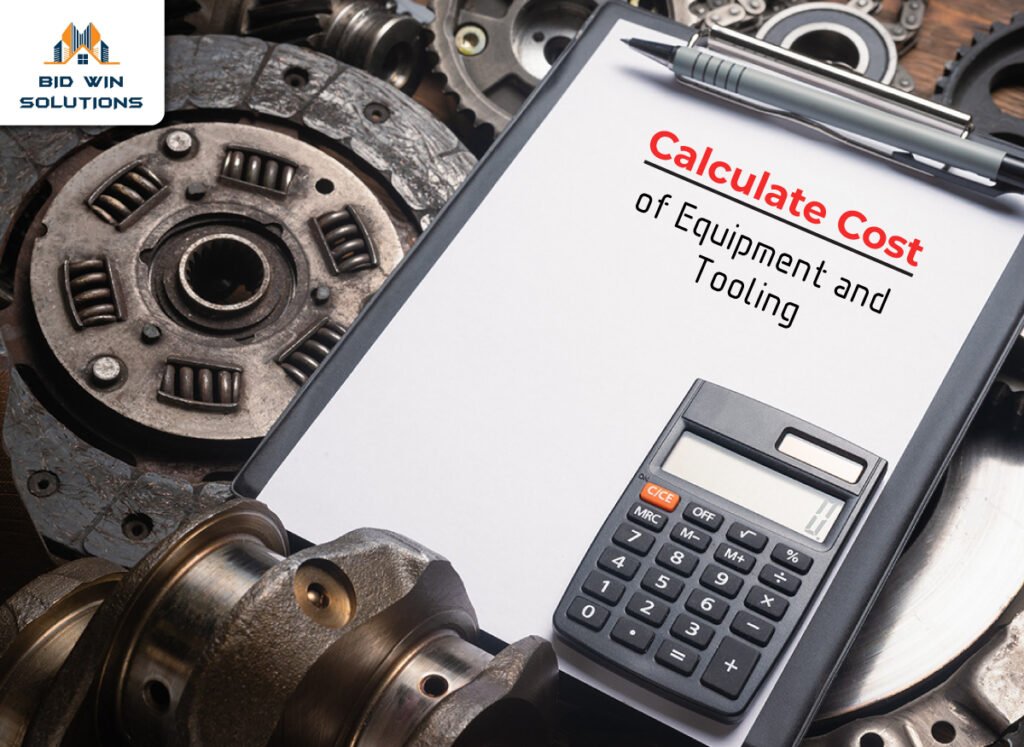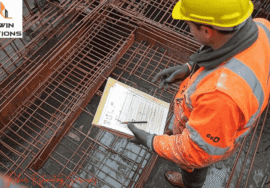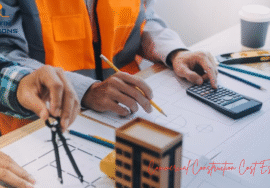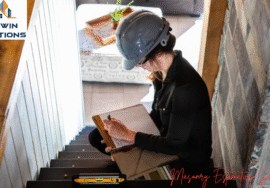
Estimating Concrete Costs: A Step-by-Step Guide
Concrete cost estimating is that important area in construction management that needs great precision and foresight, given the various aspects that might affect such costs. It is with a view to explain in some detail the nature of concrete cost estimating processes that an attempt has been made here with to try and take up a step-by-step procedure that may be advantageously undertaken by the upcoming builder, contractor, and project manager. This facilitation cannot be complete without the role played by a concrete cost estimator, which is further elaborated below.
Significance of Proper Cost Estimating
The accurate estimating of concrete cost is what makes a lot of difference in the success of your project. Indeed, good and accurate estimating may allow for correct budgeting, financial, and resource planning that helps in reducing cost overruns and delays. Further, it would be observable that an elaborately thought-of estimate may boost the reputation and competitiveness of the contractor, hence eventually affecting the profitability of the jobs taken up.
Step 1: Scope of Work
The first step toward any concrete cost estimate is developing the proper scope of the work. That is, defining the nature of the project in question regarding specifications entailing its dimensions, the volume of concrete that would be required, and what the structural needs of the same area. It covers the type of structure-whether it be a foundation, pavement, or wall-design complexity, tolerance criteria, and so on.

In this, an elaborate plan or technical drawing comes in handy. From such pictures, one may decipher how much concrete one will need. Other contextual variables that may influence the execution of the work include general topography, that is, the nature of the earth’s surface or accessibility of the site.
Step 2: Calculate the Concrete Volume
Having appropriately defined the scope, the next thing that would be considered is the volume of concrete required on-site. This normally pertains to the formula that provides accurate concrete volume.
This formula can then be extended into a cylinder or slab form when the project calls. The importance of converting measures is that it presents measures in uniform unit measures, ensuring volume is represented in m³ since this is a standardized unit at which concrete estimate is based.
Step 3: Material Costs
As a composite material itself, concrete is constituted by a number of major components, each having its bearing on the total cost. The basic raw materials necessary in the manufacture of concrete are cement, aggregates of fine and coarse varieties, sand, and water. Concrete cost estimator knows that each type has a particular cost factor that may vary depending upon the market conditions and their availability in that particular region.

- Costs of Cement
One of the largest material costs is cement; it is a major binding agent. The cement shall be provided by local suppliers at the prevailing market price at this time. The price shall be tagged onto depending on how proximal the site is to material providers.
- Aggregate Costs
The cost of aggregates can vary wildly depending upon source, quality, and size of specification required. Undoubtedly, some variation in prices will be obtained from the various suppliers that were asked, so some comparison is fitting.
- Other Material Costs
Added to the estimated total cost are the adjunct materials that are mixed in, in addition to the main ingredients, to enhance some performance characteristics such as durability or setting time. Sometimes, depending on the specifications which one intends the concrete mix to possess, the adjunct materials may assume a high-percentage share of the total cost.
Step 4: Labor Costs
Labor is an absolute factor in any construction venture, and proper estimation of the labor cost is indispensable to any viable budgeting process. This would include an estimate of what amount of manpower would be required, whether skilled-such as concrete finishers-or unskilled.

Things to consider:
- Hourly Wage Rates: Research the marketplace to determine what the customary wage rate for your particular skill and geographic area is.
- Calculation of Labor Hours: Present a program of hours to be spent in completion of concrete works considering the complexity and dominant site conditions.
- Over time: Apply tedious calculation incorporating the expected overtime or extra shifts that may lead to an increase in the cost of labor.
Step 5: Calculate Cost of Equipment and Tooling
No work can be executed without the required plants and equipment, which again is very much significant in cost estimating. A concrete cost estimator has to take into consideration the following:

- Rental Versus Purchase Costs: Depending on the duration, it may be more economical to rent the equipment rather than buying it outright.
- Maintenance Costs: Added to this should be any maintenance costs related to the equipment provided.
- Transportation Costs: In a few cases, the equipment needs to be delivered and picked up from the site after all activities. The respective costs shall be added in that case.
Step 6: Add Site Preparation and Cleanup
Another important consideration in estimating the costs of concrete, which is very often forgotten, would entail site preparation and cleanup. This basically means excavation, wherein it entails more cash for its conduct. Grading and compaction do require additional costs to be produced. It also involves cleaning up afterwards and waste management, which is also needed to be factored into the budget.
Step 7: Add Contingency and Overhead
A prudent cost estimator would always add a contingency percentage in the estimates, which normally lies in the range of 5% to 15% over and above the total budget. This contingency covers the cost of certain unexpected expenditure that could either be due to the unforeseen site conditions or due to the change in market conditions of the materials.
The indirect costs, which include administration and utility expenses, insurance, among others, must be added onto the overall estimate in order to present a complete picture financially of the project.
Step 8: Assemble and Present the Estimate
Once these estimates above are carried out, the final estimate is to be diligently compiled into a coherent document to which a tabulation of all individual components outlined throughout this guide is affected. The actual estimate, if shown, would bring clarity and transparency, instill confidence, and create a better understanding between a contractor and his client.

All these greatly help to enhance the building accuracy, thereby speeding up compilation for the following concern of digital tools or advanced software platforms designed specifically for cost estimation. An efficient concrete cost estimator will therefore make use of such technology to ensure that the work is accurate and fast.
Final Verdict
Cost estimating in concrete is a complex activity that by nature essentially calls for detailed attention, an understanding of material properties, and a notion of finance. The concrete cost estimator hence plays a very pivotal role in guiding through this complex process and encouraging precision and fidelity in financial matters that help further the success of any given undertaking in construction. With proper estimations made available, volume projects can then confidently proceed with foresight while objectives regarding time and budgetary consideration become easier to meet.









